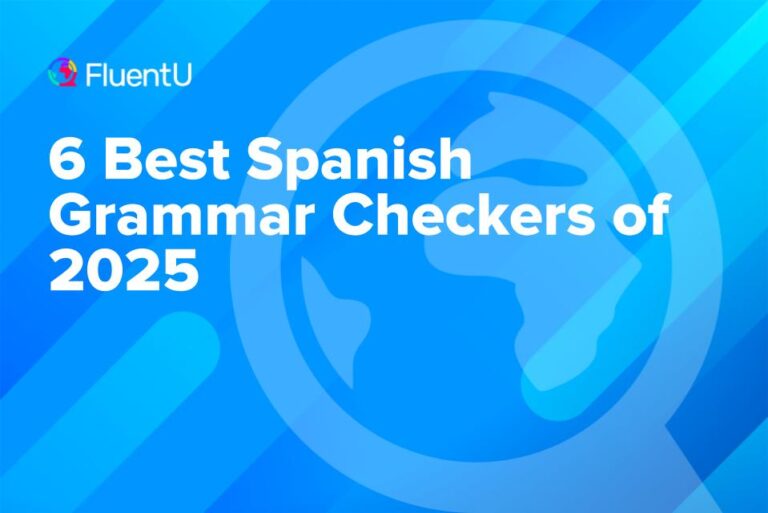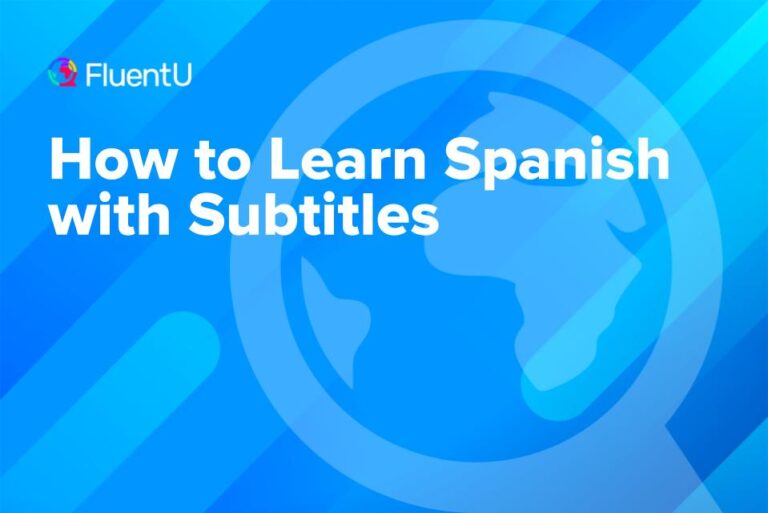The Difference Between Siguiente vs Próximo [With Quiz]

The Spanish words siguiente (next, following) and próximo (next, near/close) cause a lot of confusion among Spanish learners. When I was first learning Spanish, I certainly made my fair share of mistakes mixing the two up.
If you want some clarity, keep reading. I’ll give you a full breakdown of the difference between these two words and when to use each one.
Download: This blog post is available as a convenient and portable PDF that you can take anywhere. Click here to get a copy. (Download)
Siguiente vs. Próximo
Siguiente and próximo are both adjectives that can mean “next” in English, but they take different time reference points.
Siguiente takes a previously-mentioned or implied time element as its reference point. This means that siguiente can refer to past or future events. It can also be translated as “following” and is often used to refer to the next thing in a series, such as the next person in line.
On the other hand, próximo always uses the moment of speaking as the reference point. This means próximo can only refer to future events or actions, never to things that happened in the past.
Check out this example of how both words can be used to refer to a future event:
How to Use Siguiente
Siguiente can mean “next” or “following.” You can easily remember this because the word comes from the verb seguir which means “to follow.” It can go before or after the noun.
Siguiente typically refers to something that comes immediately after the previously mentioned or inferred point in time or sequence. For example:
La siguiente pregunta es difícil. (The next question is difficult.)
Pasen a la siguiente página. (Go to the next page.)
En la siguiente reunión, discutiremos el presupuesto anual. (In the next meeting, we’ll discuss the annual budget.)
We can also use siguiente to talk about something that followed something else in the past. For example:
Joaquín suspendió su primer examen, pero aprobó el siguiente. (Joaquín failed his first exam, but he passed the next one.)
Tenía un vuelo temprano al día siguiente. (I had an early flight the following day.)
It can also be used as a noun:
¿Quién es el siguiente? (Who’s next?)
How to Use Próximo
Próximo can also mean “next.” Unlike siguiente, we can’t use próximo to talk about past events. This is because próximo uses the present as its reference point and refers to something that’s coming up or approaching.
Próximo can also go before or after the noun, but we typically put it before the noun. For example:
El próximo mes iré de vacaciones. (Next month I’ll go on vacation.)
Te devolveré el dinero la próxima vez que te vea. (I’ll pay you back the next time I see you.)
El próximo episodio de la serie se estrena el viernes. (The next episode of the series premieres on Friday.)
Próximo has another meaning that it doesn’t share with siguiente: “near” or “close.” For example:
Changing the Ending of Siguiente vs. Próximo
Another difference between siguiente and próximo is how we change the ending of the word. Siguiente is gender-neutral, so it can be used with a masculine or feminine noun. For example:
El siguiente estudiante
(The next/following student)
La siguiente pregunta
(The next/following question)
However, we do need to add an -s when talking about a plural noun:
Los siguientes estudiantes
(The next/following students)
Las siguientes preguntas
(The next/following questions)
With the adjective próximo, we must change the ending to match the gender and number of the noun it’s modifying.
El próximo lunes
(Next Monday)
La próxima semana
(Next week)
Los próximos días
(The next days)
Las próximas elecciones
(The next elections)
Quiz on Using Siguiente vs. Próximo
Now that we’ve gone over the difference between these two words, it’s time to test your understanding. Take the following quiz and just refresh the page if you want to start over or retake it.
To see more examples of when we use siguiente vs. próximo in realistic contexts, you can use an immersive language learning program like FluentU.
FluentU takes authentic videos—like music videos, movie trailers, news and inspiring talks—and turns them into personalized language learning lessons.
You can try FluentU for free for 2 weeks. Check out the website or download the iOS app or Android app.
P.S. Click here to take advantage of our current sale! (Expires at the end of this month)

Confusing word pairs such as siguiente and próximo cause Spanish learners to trip up all the time. The key is to keep it moving and learn from your mistakes. Eventually, differentiating between these words will feel like second nature.
Download: This blog post is available as a convenient and portable PDF that you can take anywhere. Click here to get a copy. (Download)
And One More Thing…
If you've made it this far that means you probably enjoy learning Spanish with engaging material and will then love FluentU.
Other sites use scripted content. FluentU uses a natural approach that helps you ease into the Spanish language and culture over time. You’ll learn Spanish as it’s actually spoken by real people.
FluentU has a wide variety of videos, as you can see here:

FluentU brings native videos within reach with interactive transcripts. You can tap on any word to look it up instantly. Every definition has examples that have been written to help you understand how the word is used. If you see an interesting word you don’t know, you can add it to a vocab list.

Review a complete interactive transcript under the Dialogue tab, and find words and phrases listed under Vocab.

Learn all the vocabulary in any video with FluentU’s robust learning engine. Swipe left or right to see more examples of the word you’re on.

The best part is that FluentU keeps track of the vocabulary that you’re learning, and gives you extra practice with difficult words. It'll even remind you when it’s time to review what you’ve learned. Every learner has a truly personalized experience, even if they’re learning with the same video.
Start using the FluentU website on your computer or tablet or, better yet, download the FluentU app from the iTunes or Google Play store. Click here to take advantage of our current sale! (Expires at the end of this month.)







